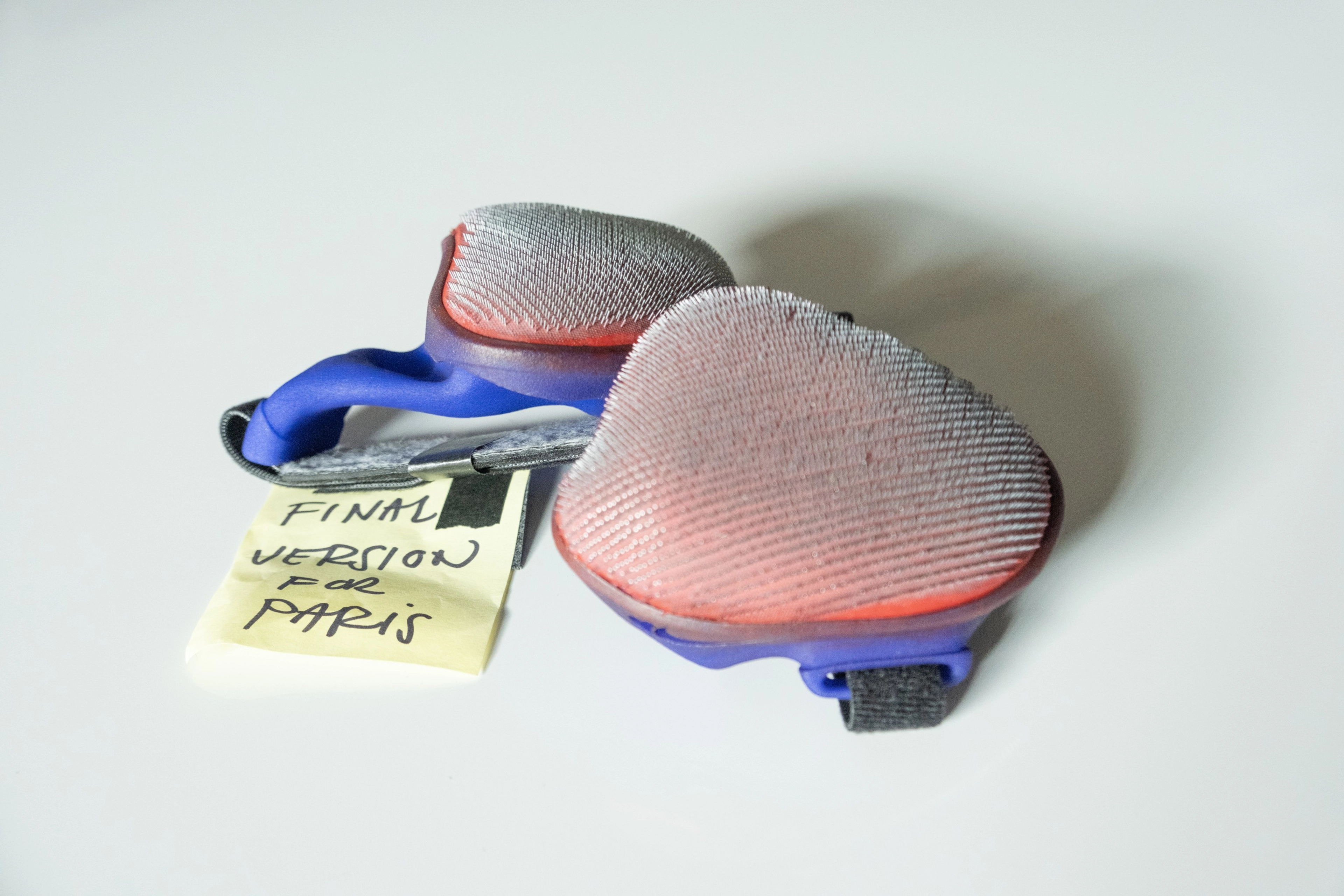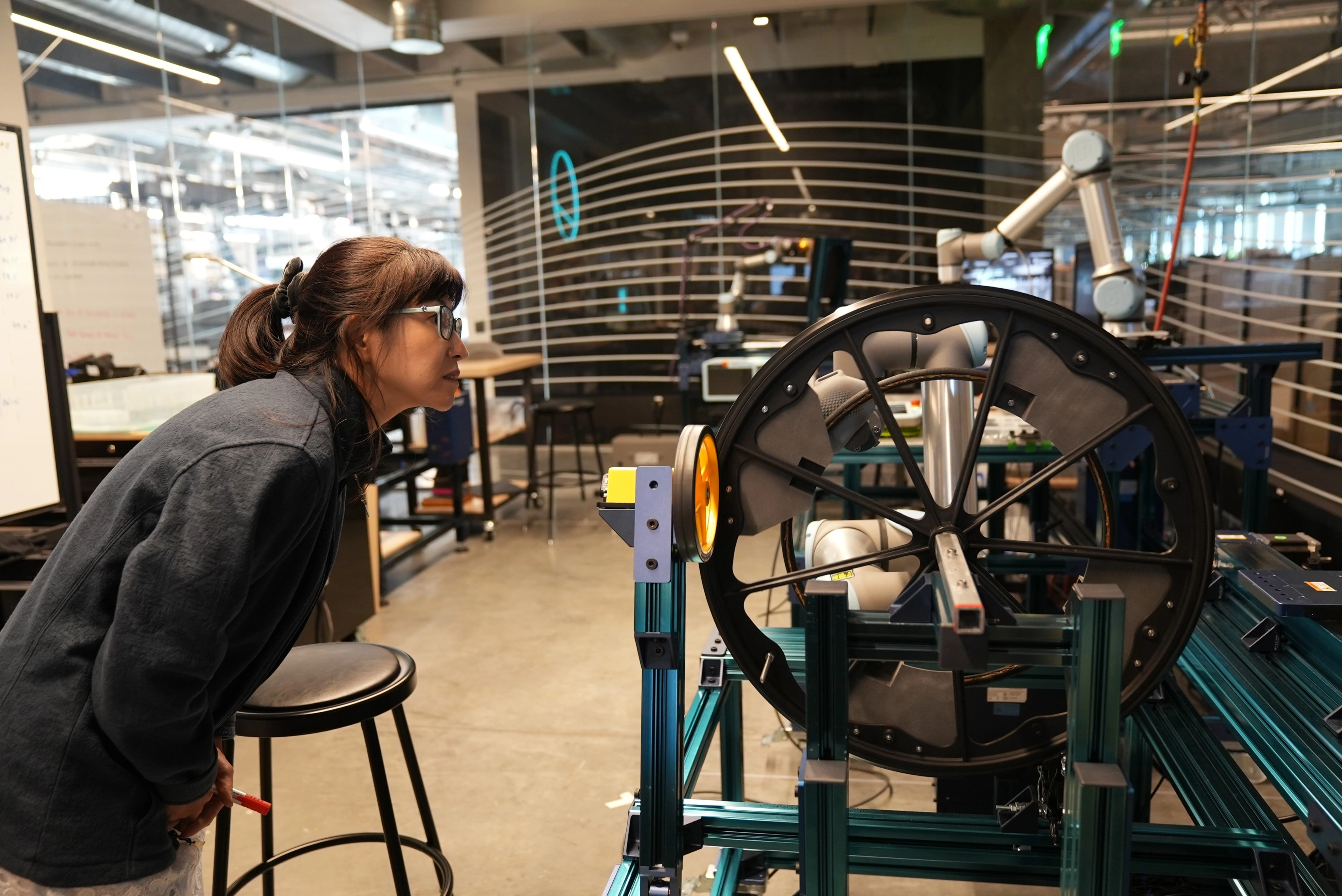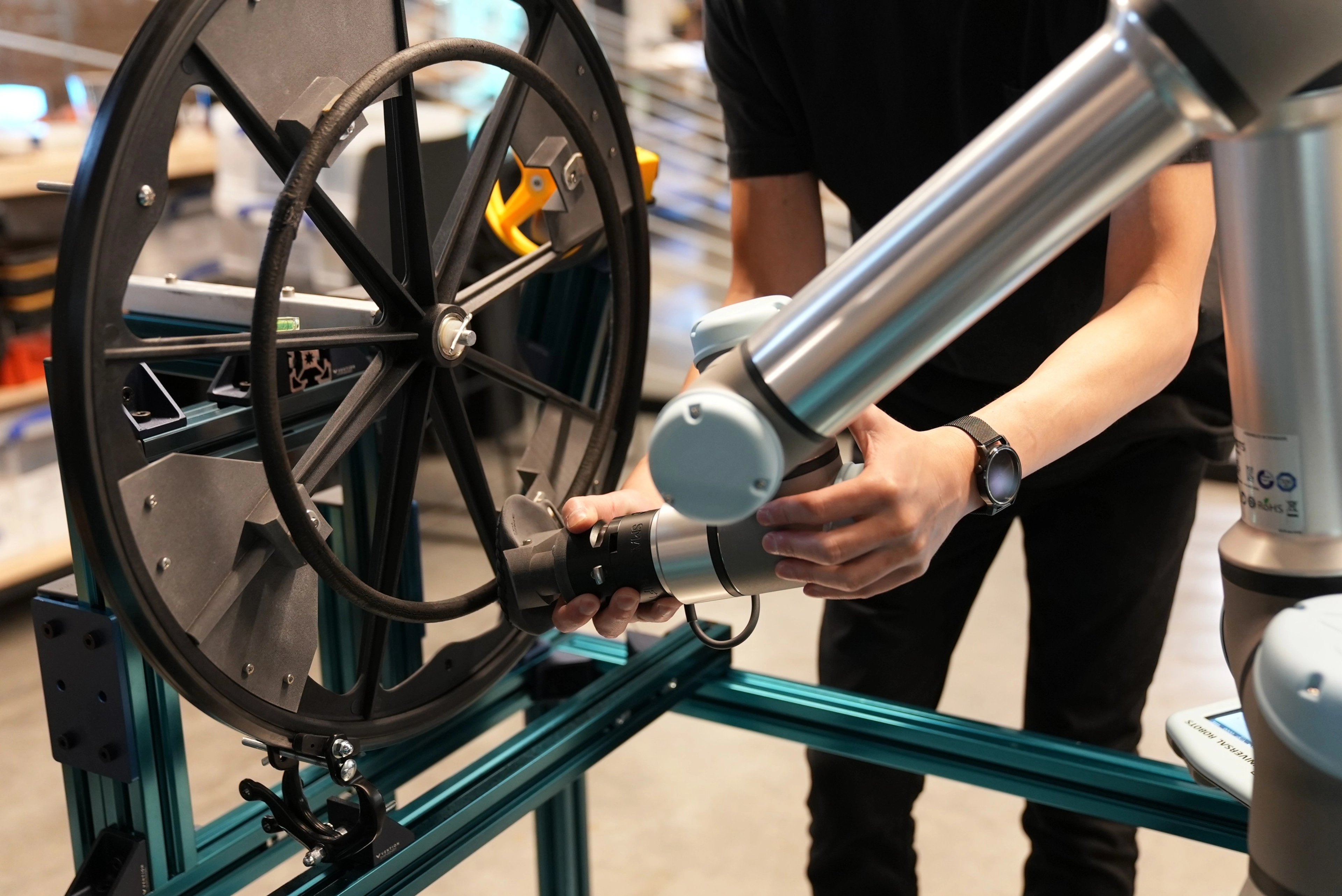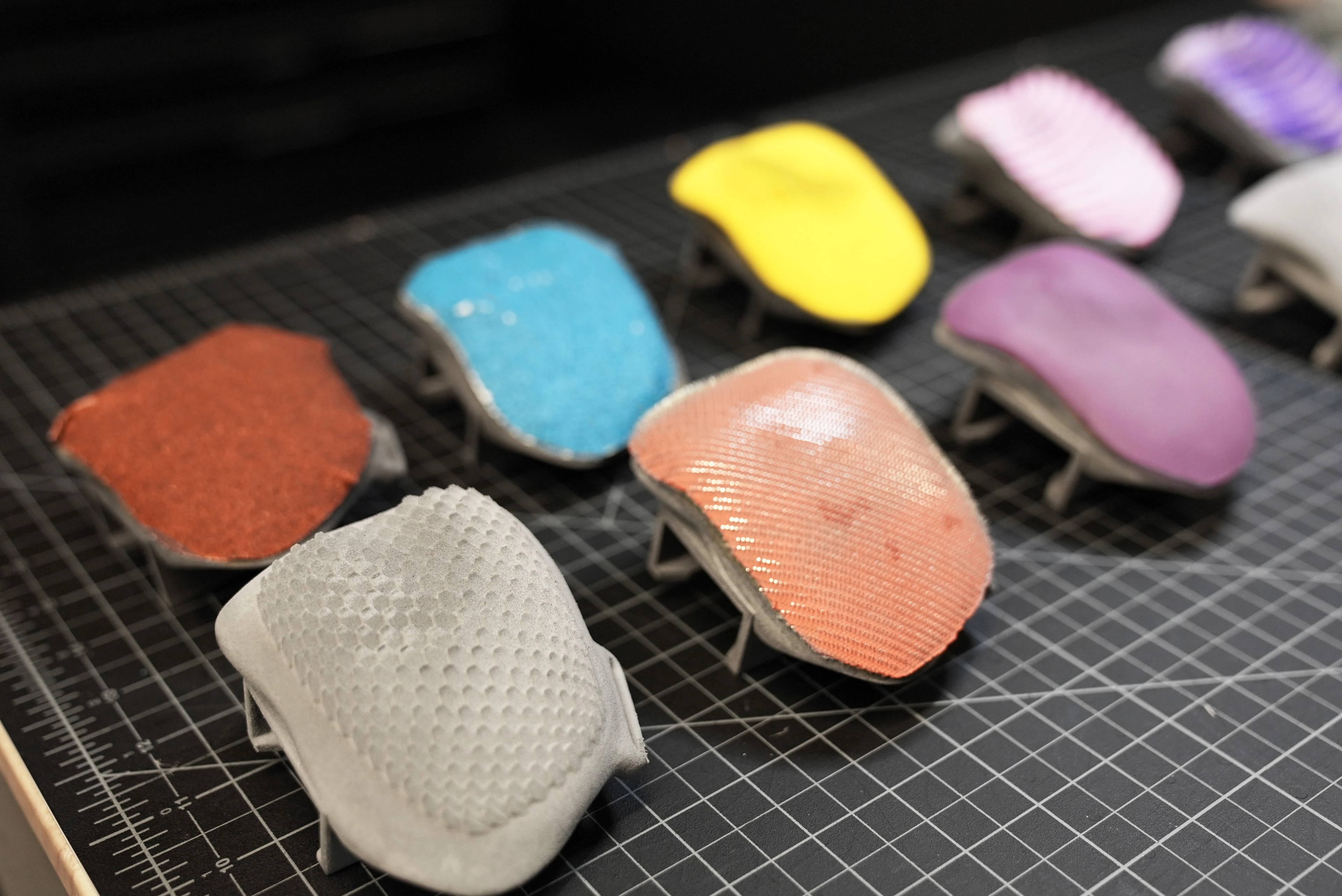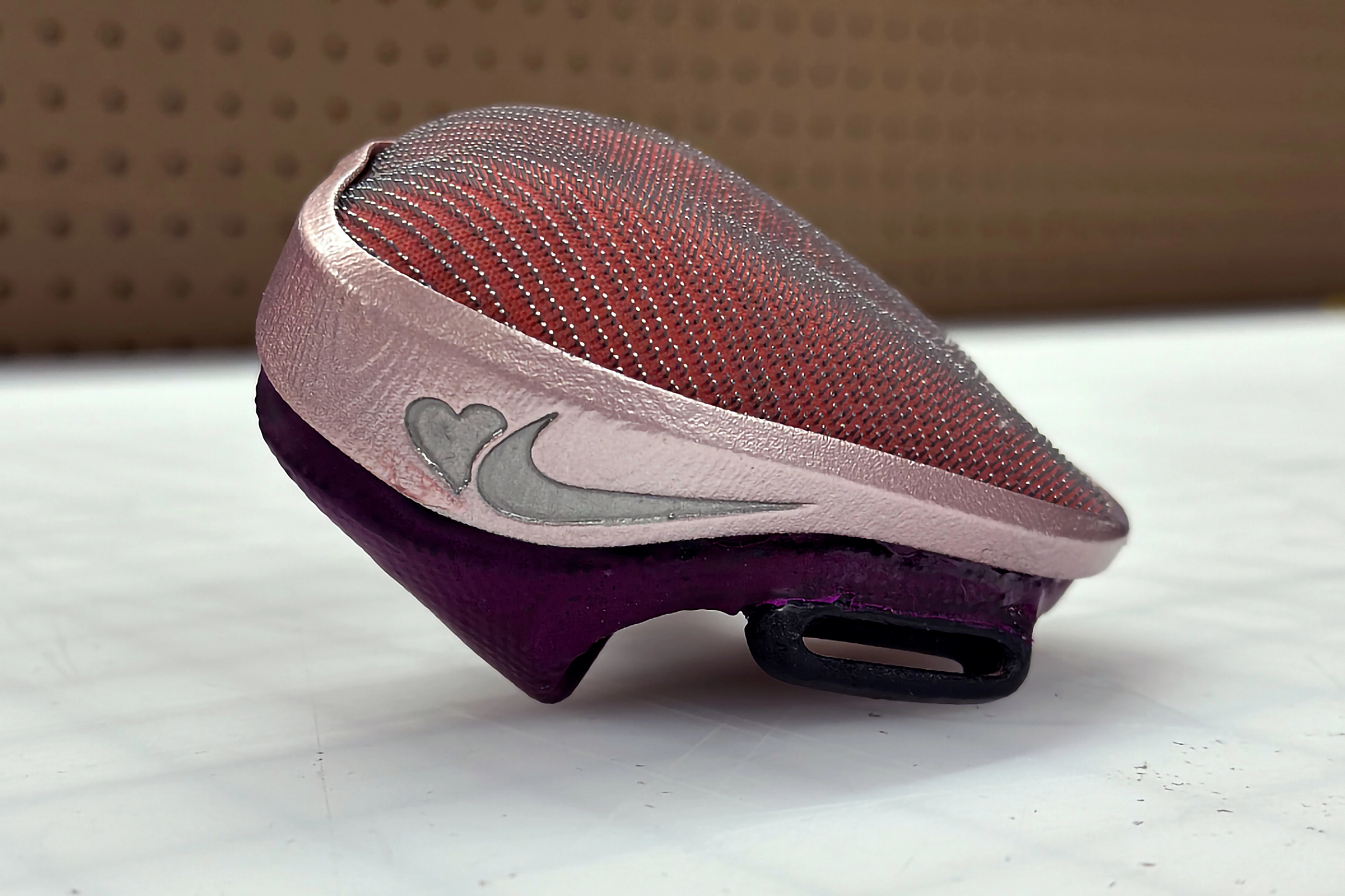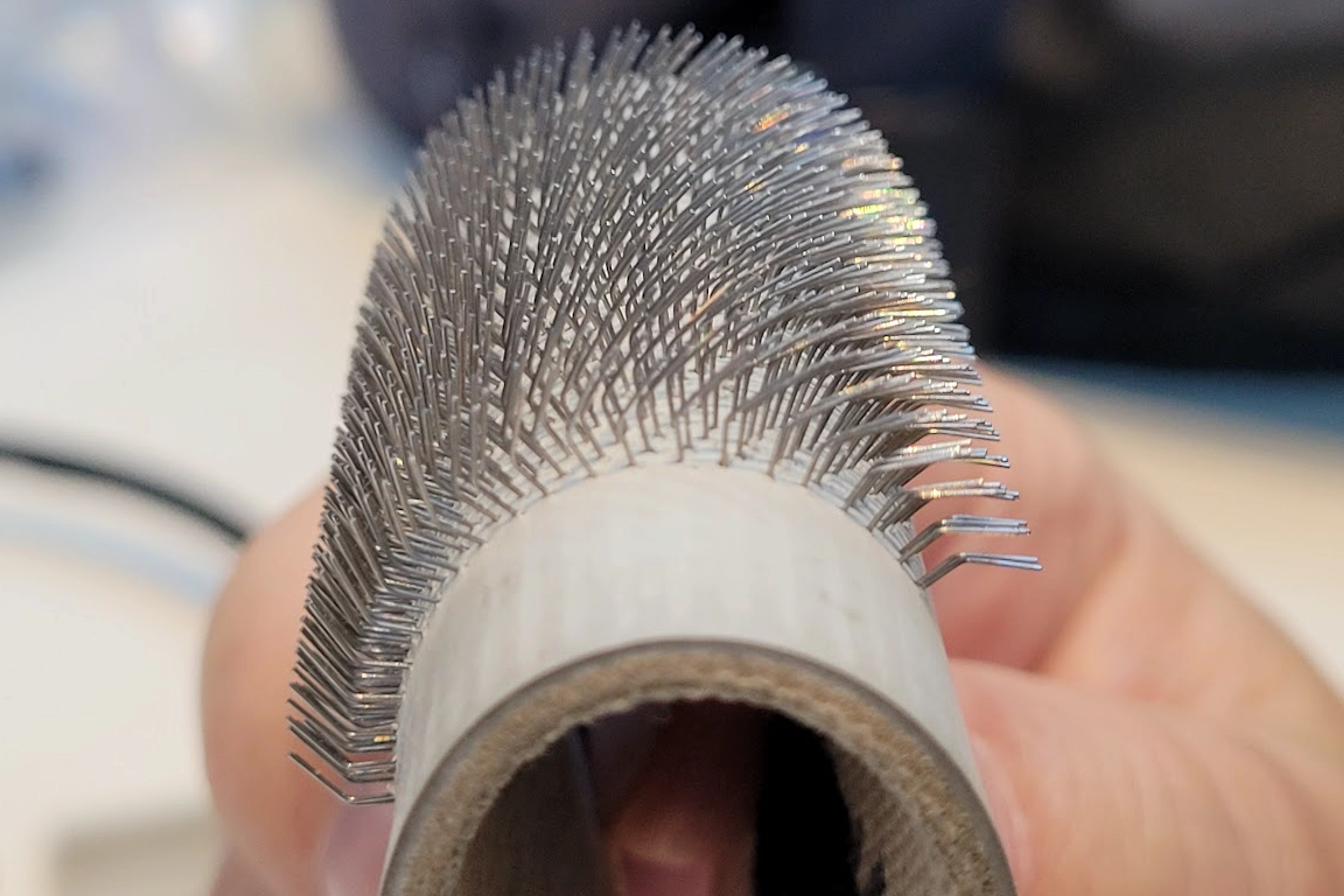Tatyana McFadden Is the Fastest Woman Alive — the Nike Sport Research Lab Wanted to Help Her Get Faster
- August 30, 2024
It was September 2021 in Tokyo, Japan and the rain was coming down in sheets, the air thick with humidity. Powering her wheelchair through the final meters of the Women's T54 Marathon, Nike athlete and six-time Paralympian Tatyana McFadden crossed the finish line in fifth place — an incredible race on the international stage, but still a dip for one of the world's most decorated track and field athletes, who'd finished second in the Rio Olympics and had 20 Paralympic medals to her name in events ranging from the 100-meter to the marathon.
While endless factors play into the outcome of any race, Tatyana trusted the Nike team with a problem she'd been facing: The rubber gloves she wore to push the rubber wheel of her wheelchair — gloves in which she'd glued strips of sandpaper to improve their traction in the wet conditions — kept slipping and holding her back. To achieve her highest athletic potential, she knew she needed a better solution.
Engineers and designers on the Nike innovation team knew they could help.

"We knew we needed better traction from her hand to her glove and also for the pad of the glove to the rim of the wheel, so that it didn’t slip. The whole thing also needed to weigh less and be in a customized shape for the best-possible comfort for her repetitive use over 26 miles."
Eunice Lee, Ph.D., Principal Materials Innovator
In 2022, Nike designers met with Tatyana at the company’s World Headquarters in Beaverton, Ore. to create the best possible traction glove ahead of her events in the 2024 Paris Games.
The first step in creating a better solution was understanding the problem, says Eunice Lee, Ph.D., Nike Principal Materials Innovator, who helped lead the push-glove project. "Before this project, we didn't know the extent to which wheelchair athletes were using these kind of handmade glove contraptions," she says. "This was an unmet need in Tatyana's racing set-up, and we knew that we had the capabilities to help create something far better."
Tatyana was born with spina bifida, a congenital disorder that paralyzed her from the waist down. Growing up, she took on a variety of sports to strengthen her muscles, and began racing at the age of eight. Competing in the wheelchair division on both the track and roads, Tatyana’s connection with and use of her chair is critical to her success in training and on race day. The strength and power she brings to the range of her events is unparalleled, and is predominantly seen in her hands’ connection to her wheels to propel her forward.
At the Nike Sports Research Lab (NSRL) in Beaverton, Nike engineers and designers conducted several traction and motion studies with Tatyana to better understand her position and the forces she puts into her push gloves — how she positions her hands to push, pull, pivot and release from the rim of the wheel, a motion she did countless times, again and again, during the course of a race. The tests also tracked her hand and wrist’s weight distribution, so the team could create a push glove that was durable and comfortable, a key improvement from her current grips.
Tatyana told the team that, often times when she would start her push, her grips would slip off her hands and her hands and arm would connect with the wheel, leading to chafing and bruises.
"We knew we needed better traction from her hand to her glove and also for the pad of the glove to the rim of the wheel, so that it didn’t slip," Lee says. "Then the whole thing needed to weigh less and be in a customized shape for the best-possible comfort."
While Tatyana continued training and racing, the Nike innovation team created a test robot to conduct two years of testing and rapid prototyping of various patterns, weights, stiffness and material competitions to find the optimal solution custom to Tatyana’s needs, while replicating wet and humid race day conditions where traction is priority.
"We used the exact wheel that Tatyana used, and with our robot, tested hundreds of computational designs with traction patterns inspired by nature and Nike rubber outsoles, in wet and dry conditions," Lee says. The team was searching for the ideal combination of material and traction that would provide the most comfort and durability for Tatyana throughout a race — but it had to be just the right amount of traction, not too tacky, for example, that Tatyana couldn't release the wheel at the end of her push.
In May 2023, the Nike team met Tatyana in New York City's Central Park for trials of the new push glove prototypes. The team had narrowed their test prototypes down to a dozen combinations, and Tatyana could tell right away which were the best traction patterns. "She picked her three favorite designs and that was our starting point to finalize the design based on her feedback," says Lee. "Listening to her athlete feedback in real-time was paramount to arriving at the best solution."
After two and a half years, hundreds of tests and dozens of prototypes, the final product that the Nike team sent to Tatyana for Paris offered 40 percent better traction than her old gloves.
"I'm soooo excited to have a working pair of gloves! Thank you, thank you! Ready to rewrite my story!"
— Tatyana McFadden, 20-time Paralympic medalist
The Nike innovation team hopes this project's insights will lead to solutions for wheelchair athletes playing tennis, basketball and other sports. The reward right now is the outcome for this iconic athlete. Tatyana is competing in five events in Paris — the Women's T54 100 Meter, 4x100 Meter, 400 Meter, 800 Meter, 1500 Meter and the Marathon — and if she medals, she'll become the most winning American track and field athlete of all time, Olympian or Paralympian. "This is why we love the work, to create innovation with a clear and immediate benefit," says Lee. "Our team is proud to have the resources to create unique solutions like this glove, which embodies our belief to always do the right thing for athletes. Working with Tatyana and delivering the final glove to her really is a full-circle Nike moment, something you can only do here."
As for the track and field legend herself? After receiving her final push gloves, she wrote this note to the Nike innovation team:
"I'm soooo excited to have a working pair of gloves! I just keep remembering in Tokyo where it rained every single day, and I had such trouble with my grip, and didn't medal in those events. Now I can have peace of mind knowing that when it rains or has high humidity, I can be competitive. Thank you, thank you! Ready to rewrite my story!"
—Tatyana
